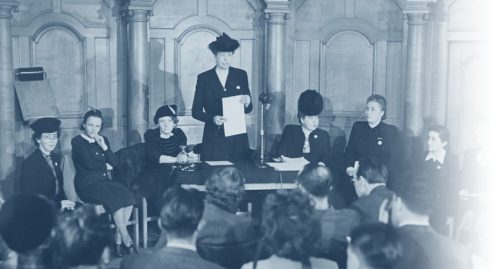As the Council of Europe Newsroom reports, “The Council of Europe has launched a Manifesto on the Freedom of Expression of Arts and Culture in the Digital Era. The Manifesto sums up the importance of artistic creation and cultural industry for our democratic societies as well as the protection, which Article 10 of the European convention on human rights extends to the freedom of artistic expression. Freedom of speech is also the freedom to create. The power of art to communicate and open up new perspectives and ideas makes the artist, artistic mobility and artistic freedom strategic resources for society, helping to overcome fragmentation and addressing today's global challenges. Council of Europe Secretary General Marija Pejčinović Burić has endorsed Manifesto on the Freedom of Expression of Arts and Culture in the Digital Era: ‘Freedom of artistic expression is part of freedom of expression, protected by Article 10 of the European Convention on Human Rights. The Manifesto on the Freedom of Expression of Arts and Culture in the Digital Era is a political commitment to promote the right of artists to express themselves freely even under difficult circumstances. Freedom of artistic expression is facing growing pressure. More and more artists, experts and cultural professionals who hint at problems, spell out uncomfortable truths, make the unseen visible are subject to pressure, censorship, intimidation and harassment. Moreover, the COVID-19 crisis has severely affected the working conditions and income of artists and the cultural and creative sector as a whole. The Manifesto draws attention to these risks and sends a clear political signal to protect openness and creativity, which are essential ingredients of our democracies’.”

